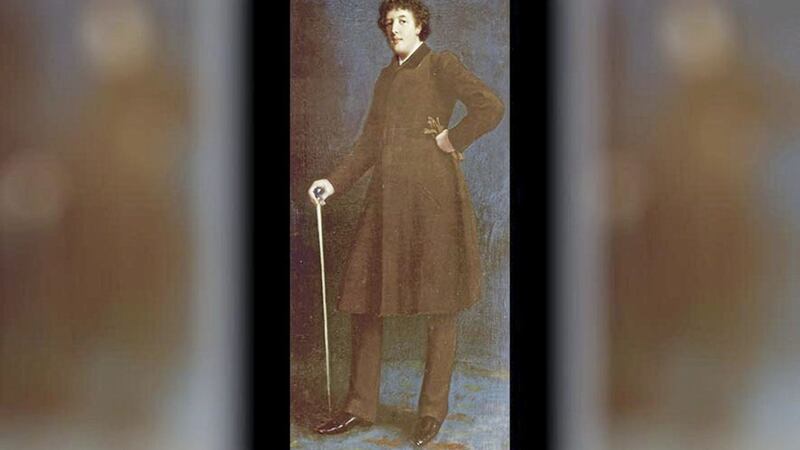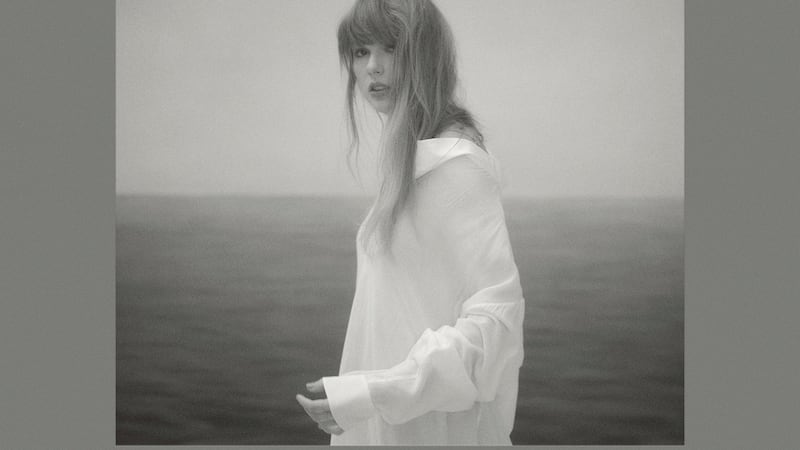A full-length portrait of Oscar Wilde, once owned by the writer, is going on display for the first time in the UK - alongside his prison cell door.
The door comes from Reading Gaol, where Wilde was incarcerated from 1895 to 1897.
The painting was given to Dublin-born Wilde and his new wife, Constance, as a wedding present, but he later sold the prized possession after being declared bankrupt.
The door and the painting will be on display at Tate Britain, in its Queer British Art 1861-1967 show.
Opening next year, the show marks the 50th anniversary of the decriminalisation of male homosexuality in England and Wales.
Tate Britain director Alex Farquharson said the painting showed Wilde on the verge of success.
"It's an extraordinary image of Wilde on the brink of fame, before imprisonment destroyed his health and reputation," he said.
"Viewing it next to the door of his jail cell will be a powerful experience that captures the triumph and tragedy of his career."
Curator Clare Barlow said: "The 6ft oil painting depicts him as a slender 27-year-old on the cusp of success.
"His stance is confident, holding a pair of gloves in one hand while the other clasps a silver-topped cane.
"It presents a different, more sombre image to the one we are more familiar with."
Wilde wrote De Profundis, his famous letter to his lover Lord Alfred Douglas, known as 'Bosie', from inside cell C.3.3.
His time in jail also inspired The Ballad Of Reading Gaol, which he later wrote while in exile in France.
The 1884 portrait, by Robert Goodloe Harper Pennington, hung above the fireplace of Wilde's Chelsea home.
But Wilde later auctioned the painting and all his belongings to pay his debts, while awaiting trial.
He was sentenced on May 25 1895 to two years imprisonment with hard labour in solitary confinement on the charge of gross indecency.
According to the Tate, most of Wilde's belongings remain untraced.
But Wilde's friends, Ernest and Ada Leverson, bid for the painting and kept it in storage in their Kensington house, where Wilde remarked that Ernest "could not have [it] in his drawing room as it was obviously, on account of its subject, demoralising to young men, and possibly to young women of advanced views."
It was sold to an American collector in the 1920s and it has remained in the US ever since.
Queer British Art 1861-1967 will feature work inspired by the abolition of the death penalty for sodomy in 1861 and the passing of the Sexual Offences Act in 1967, "a time of seismic shifts in gender and sexuality that found expression in the arts".
The exhibition runs from April 5 to October 1 at Tate Britain.



